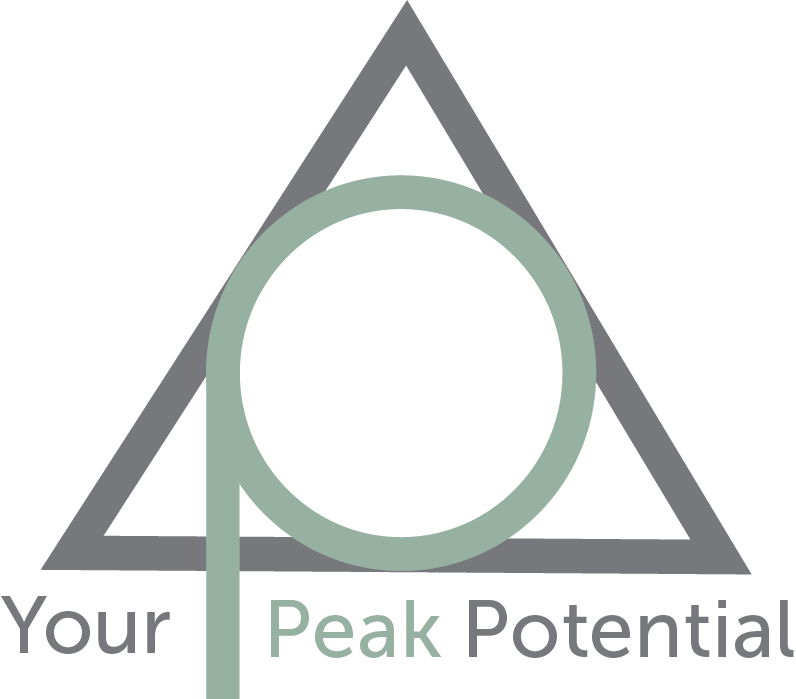How to strengthen your feet for running
You may go to the gym to strengthen your chest, back, legs or core, but how do you strengthen your feet?
In just one foot, you have 26 bones, 33 joints and more than 100 muscles, tendons and ligaments.
When you walk or run, every one of these structures plays a vital role. Most foot injuries are not only a result of dysfunction at the foot but are related to imbalance and weakness further up the kinetic chain. Injuries occur when the foot has to work too hard to compensate because the neuromuscular signals from the brain have been dulled or have lost their connection.
Your feet spend in an average week approximately 40 hours in a pair of shoes or boots, unable to move properly or breathe all day and then you expect them to hold you up when you get home, when you walk, run or play sports.
Feet are pretty durable little beasties, but they will eventually begin to break down, hurt and even deform if you don’t give them a chance to work properly with the rest of your body.
Your feet are your body’s foundation and it’s suspension, they act as both shock absorbers and rigid levers to help propel you when walking and running. Losing awareness of your feet leads to poor movement patterns, poor posture and inevitably pain somewhere in the kinetic chain.
The pain may not be in the feet themselves but appear in the knees, hips or even lower back but eventually at some point the pain will hit home, right at your feet no pun intended.
Runners need foot strength and propriception for performance and effeciency, but the average person needs exactly the same in day to day life. Taking away the role of your foot’s intrinsic muscles leads to over activity of your hip muscles, more pressure on your back and overall worse posture and balance leading to injury or precious time off work or from our sports or outdoor hobbies.
Your awareness of where you are in space largely comes from the feedback your brain gets from your feet, if you dampen that system by wearing confining or cushioned footware you will be doing your posture and your feet a dis-service.
“Our feet have already served us rather well for the last few million years”
The foot is the most successful architectural structure known to man, it is a complex network of bones, ligaments and muscles that create a strong arch. No architect or structural engineer worth their salt would ever put a support directly under an arch, as they are strongest when loaded from the top so why do we feel the need to do so.
Natural Motions of the Feet
Toes are designed to have as much dexterity as fingers. Each toe joint can flex and extend, abduct and adduct.
These are all primal basic motions, but if you try it yourself, you will likely find that lifting one toe without the others is extremely difficult!
Check these feet!!!
You’ll either going to say disgusting or you’re like me be completely fascinated.
These are the feet of an Ashaninka Indian who lives in a rainforest in the upper Amazon Basin of Peru.
His feet look like this because he doesn’t wear shoes! He walks all over the treacherous rainforest in bare feet all the time.
This is what most people’s feet should look like; hard, tough, BIG, ugly, muscular. But our feet are soft, weak.
If I gave this guy a 6cm massage ball he could quite comfortably stand on the ball without wincing, try it all your body weight on one foot in the centre of your foot and balance on the ball, if you can, well done.
This is one of the reasons why so many people get so many injuries and continually have physical pains and aches, (not the ball balancing) their foundations are weak so the rest of the structure (their body) has to take on more stress than it’s designed too.
It’s never too late to train your proprioceptive system
Movement in general is a set of skills that we acquire through trial and error from our infant development patterns and then practice throughout our life. Walking and running are fundamental movement skills that we develop from a young age, but the most important thing that most people don’t understand is that just because you can walk and run, doesn’t mean you are doing it very well. The most important tools our bodies have that gives us the unique ability to balance, walk and run upright, is our feet.
Yet we love covering them up with heavy, clunky, cushioned footwear most of our life that will almost guarantee that we walk and run poorly and inevitably develop pain and deformity in not only our feet, but other parts of the body.
You need to walk before you can run and stand before you can walk. What you choose to put on your feet will affect all three of these skills. We are by no means saying go to work barefoot but encourage you to spend more time barefoot at home or in minimalist shoes (zero drop, no heal or minimum cushioning). We love VIVOBAREFOOT shoes and trainers but there are many more appearing on the market.
So what can we do:
Take our shoes off, often and start trying to move our feet and toes in every imaginable way, have some fun with them.
Wear a variety of different types of shoes throughout the week to keep your feet adaptable and consider buying a pair of minimalist shoes for walking and give your feet the chance to flex around.
Have a closer look at your posture because how you hold yourself in the mid back area will very much effect how you load weight on your feet.
Gradual progression is key for your body to learn
Trusting the process…. it’s much easier to say than to practically follow through, but it’s essential to your long-term development and progression.
Too often we want the results far too quickly and give up on the process before we’ve given it enough time to even know if it was going to work. It takes time to create lasting bio-mechanical movement changes for your body. Equally, it takes time to build neuromuscular control when learning new movements and skills required for walking and running.
Still not sure, why not join us on one of our Intelligent Movement Workshops or join a ChiRunning workshop.
Photo Credit Frans Lanting – National geographic


